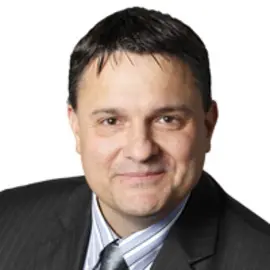3-D-4 Nachhaltigkeit: Wie Photogrammetrie und Digital Twins nachhaltige Gebäude unterstützen können
Beschreibung
The ZHAW IFM work together with Framence GmbH, Walder + Trüeb Eng AG and Implenia in the project “3D-4-Sustainability”. The primary focus was to investigate how 3D models and specifically “digital twins” can be created for projects and add value and support sustainability goals for operational teams over the whole life of built assets. Digital twins have become a “next big thing” in the world of digitalisation of real estate and built assets. The chance to link 3D digital models with rich information sources and live data from sensors will drive more sustainable buildings and lead to built assets which better meet the needs of people and society. All stakeholders from planners, constructors, users and operators of built assets will be able to use 3D digital twins and associated sensor data to increasingly interact with the built en-vironment. The technology offers many exciting opportunities to support a wide range of “sustainability and well-being topics” including energy simulations/analysis, supporting and improving workplace environments, air quality monitoring, health and safety of people etc.The project will build on existing research work carried out at the ZHAW IFM which is already in progress to build a digital twin of the RA building in Wädenswil. The IFM have already accumulated valuable knowledge and experience which will be ex-panded in this critical research area. The project will allow the IFM research team to work with industry partners to lay the foundations for developing “3D-4-Sustainability” concepts for investigating how digi-tal twin technologies can add value during the planning, construction and operational phases of built assets. Specifically, the project will also consider photogrammetry as a way to produce 3D models for existing buildings which make up more 98% of the built environment. It will also provide excellent opportunities for links to several BSc student thesis and Projektarbeit and to incorporate the work in the BSc and MSc curriculum. The aim being to use a “Living Lab” demonstrator approach with the IFM RA building and other targeted buildings. It will also investigate how photogramme-try can be used to track projects (using time lapse photography) so that a detailed history of how built assets are constructed can be recorded to help future
Eckdaten
Projektleitung
Projektteam
Mikelino Gkika, Adrian Merkel
Projektpartner
Framence GmbH; Implenia Schweiz AG
Projektstatus
abgeschlossen, 01/2022 - 11/2022
Institut/Zentrum
Institut für Facility Management (IFM)
Drittmittelgeber
Interne Förderung
Projektvolumen
29'650 CHF
